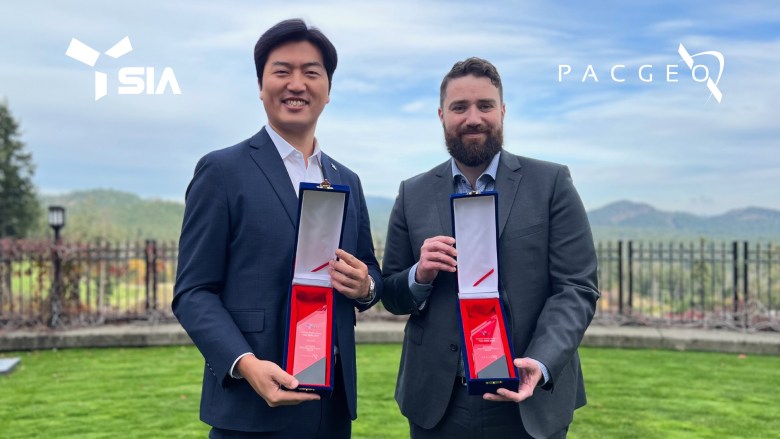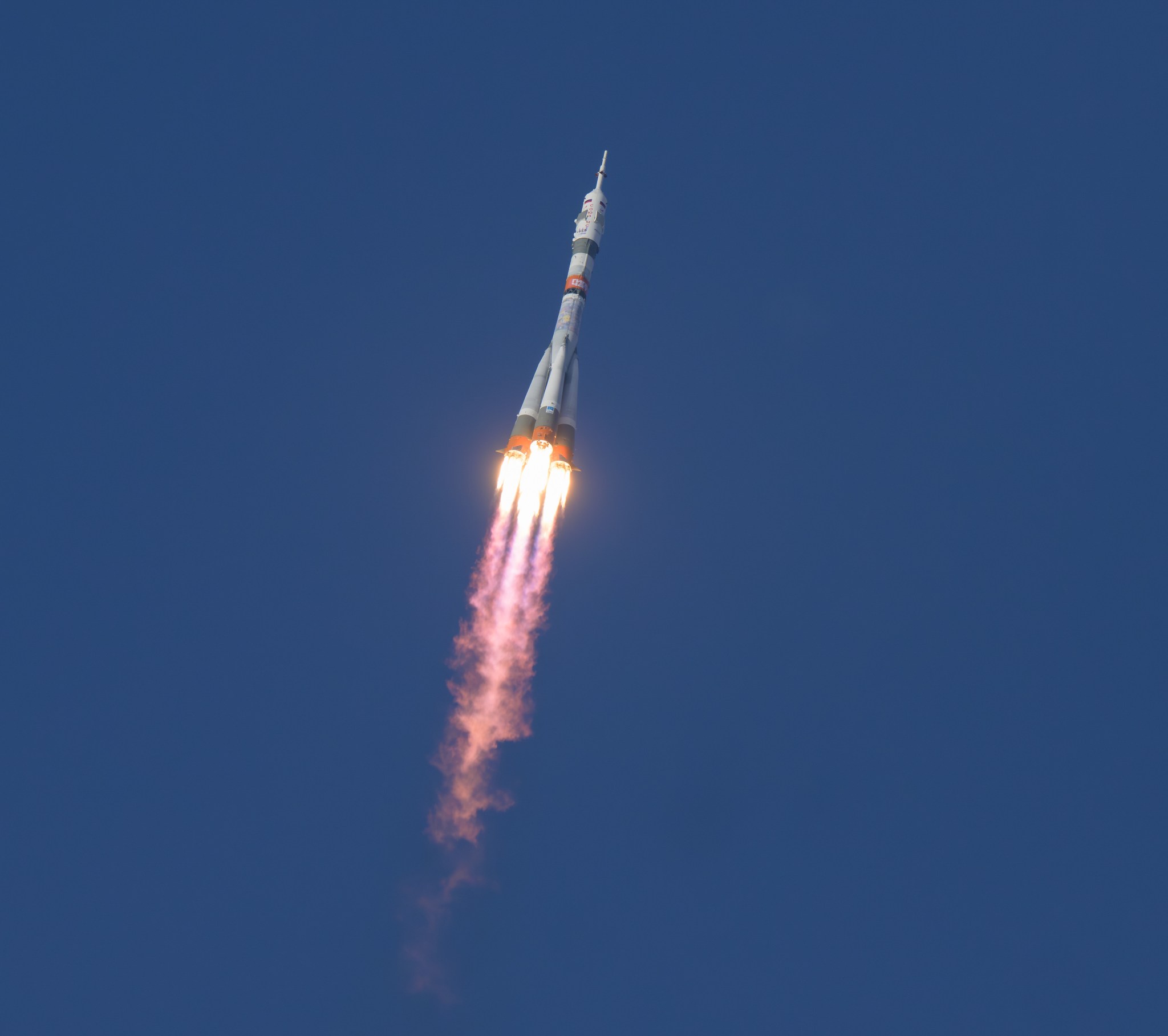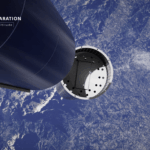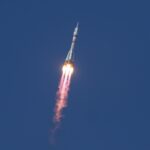Now Reading: ACME Space plans test run for balloon-launched space factory next year
-
01
ACME Space plans test run for balloon-launched space factory next year
ACME Space plans test run for balloon-launched space factory next year
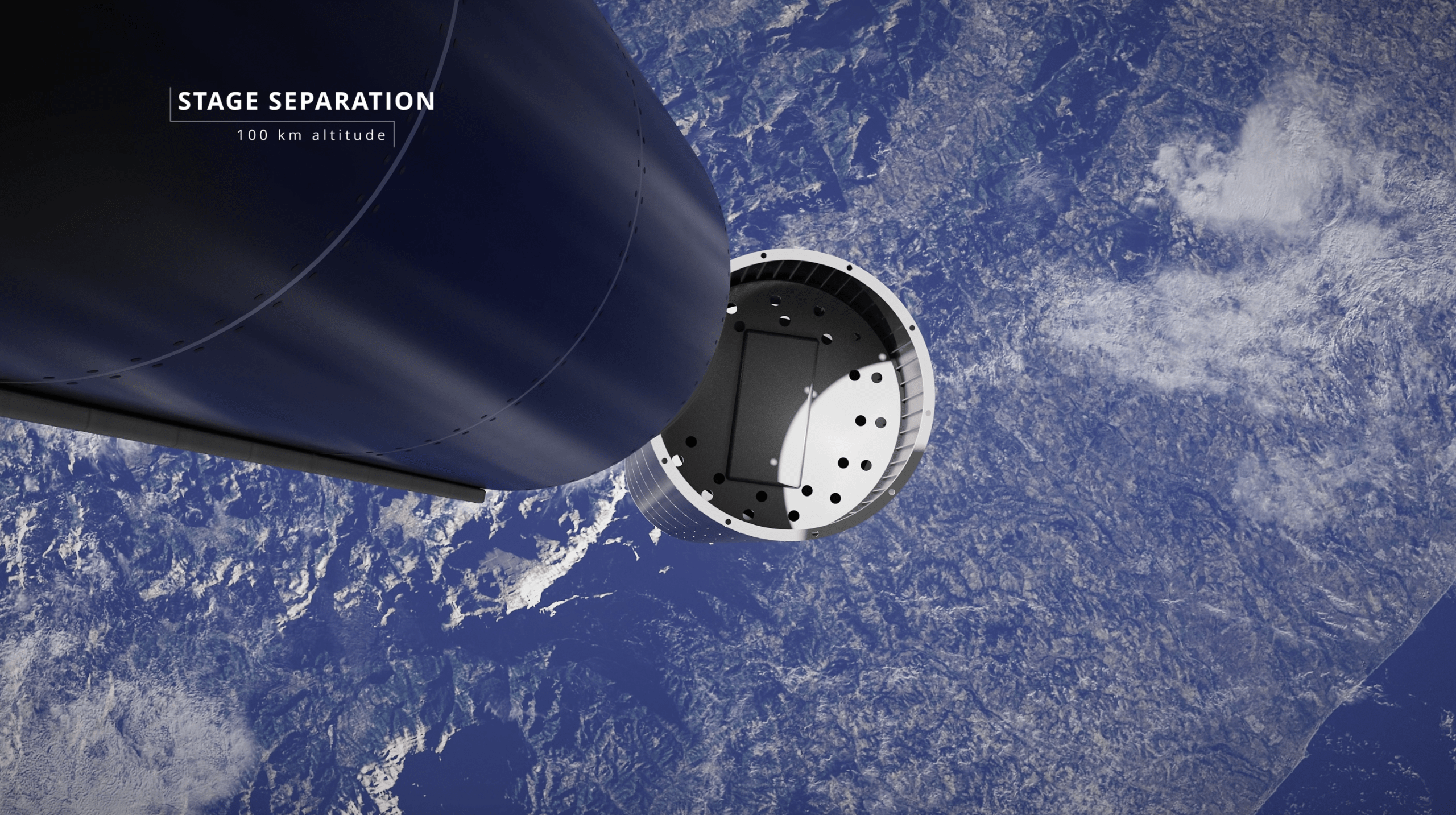

LONDON – London-headquartered ACME Space has unveiled plans to begin hardware tests of its balloon-launched orbital manufacturing vehicle Hyperion next year and hopes to commence commercial operations in 2027.
The Hyperion Orbital Factory Vehicle (OFV) is designed to carry up to 200 kilograms to low Earth orbit (LEO), using a hydrogen-filled balloon to overcome the thickest part of the atmosphere. Once in orbit, Hyperion OFV will serve as a microgravity manufacturing facility for biomedical and materials companies.
The company, which won this year’s NASA LunaRecycle Challenge in two categories, is a brainchild of Czech entrepreneur Tomas Guryca, who self-funded the company after selling a previous AI venture. He said that the use of advanced AI-aided design technologies has enabled the company to move quickly, cutting the development timeline by 80% and the development cost by as much as 80% compared to developing the same project without AI. Within two years, the team designed and validated a balloon system that will lift the orbital factory into the stratosphere as well as a returnable launcher that will take the payload into orbit.
“We are preparing for a drop test in Oman in Q1 or Q2 of 2026,” Guryca told SpaceNews. “After that, we will do some engine tests and we hope to have our first suborbital flight test by the end of 2026 from the Saxavord spaceport in the U.K.”
The company is raising funds to scale operations, and is cooperating with two undisclosed pharmaceutical firms to develop protein crystal growth boxes for its first orbital missions in 2027.
The Hyperion OFV uses a mix of balloon and rocket technology to reach orbit. It begins its ascent using a hydrogen balloon, which carries it up through the lower atmosphere. At the stratospheric altitude of 30 kilometers (19 miles), the Hyperion micro-rocket would separate from its hydrogen balloon and fire its liquid-oxygen/methane engine.
The rocket’s main stage would then release the orbital capsule at an altitude of 100 kilometers (60 miles), considered to be the border of space, and the capsule would then continue under its own propulsion to the target orbit in LEO some 300 to 500 km above Earth’s surface. The orbital capsule returns to Earth with its cargo after two to three weeks and is expected to splash down in the Atlantic Ocean. Guryca said all parts of the system are designed to be reusable up to 15 times.
The company plans to sell capacity on Hyperion OFV at $5,000 to $10,000 per kilogram and hopes to achieve a cadence of up to 20 missions per year by 2030.
In addition to protein crystals, ACME Space wants to expand its offering to optical fiber manufacturers, focusing on the fluoride glass ZBLAN optical fibers that have previously been manufactured on the International Space Station.
The company has no plans to operate as a launcher service, focusing solely on selling payload capacity to companies desiring to produce new materials and compounds in orbit.
“There is a lot of competition from rocket launchers and prices are really going down,” Guryca said. “They are going to get really low with Starship and for us, since we only have 200 kilos of payload, offering launch wouldn’t be enough.”
Guryca said using a stratospheric balloon to overcome the thickest part of Earth’s atmosphere helps keep cost down. The idea has previously been explored by Spain-based Zero2Infinity, which has been developing a balloon-based small satellite launcher called the Bloostar. That company, however, has struggled with funding.
Stay Informed With the Latest & Most Important News
Previous Post
Next Post
-
 012024 in Review: Highlights from NASA in Silicon Valley
012024 in Review: Highlights from NASA in Silicon Valley -
 02Panasonic Leica Summilux DG 15mm f/1.7 ASPH review
02Panasonic Leica Summilux DG 15mm f/1.7 ASPH review -
 03How New NASA, India Earth Satellite NISAR Will See Earth
03How New NASA, India Earth Satellite NISAR Will See Earth -
 04And Thus Begins A New Year For Life On Earth
04And Thus Begins A New Year For Life On Earth -
 05Astronomy Activation Ambassadors: A New Era
05Astronomy Activation Ambassadors: A New Era -
06SpaceX launch surge helps set new global launch record in 2024
-
 07Space Force plans new ‘Futures Command’ amid pressure to speed up modernization
07Space Force plans new ‘Futures Command’ amid pressure to speed up modernization














